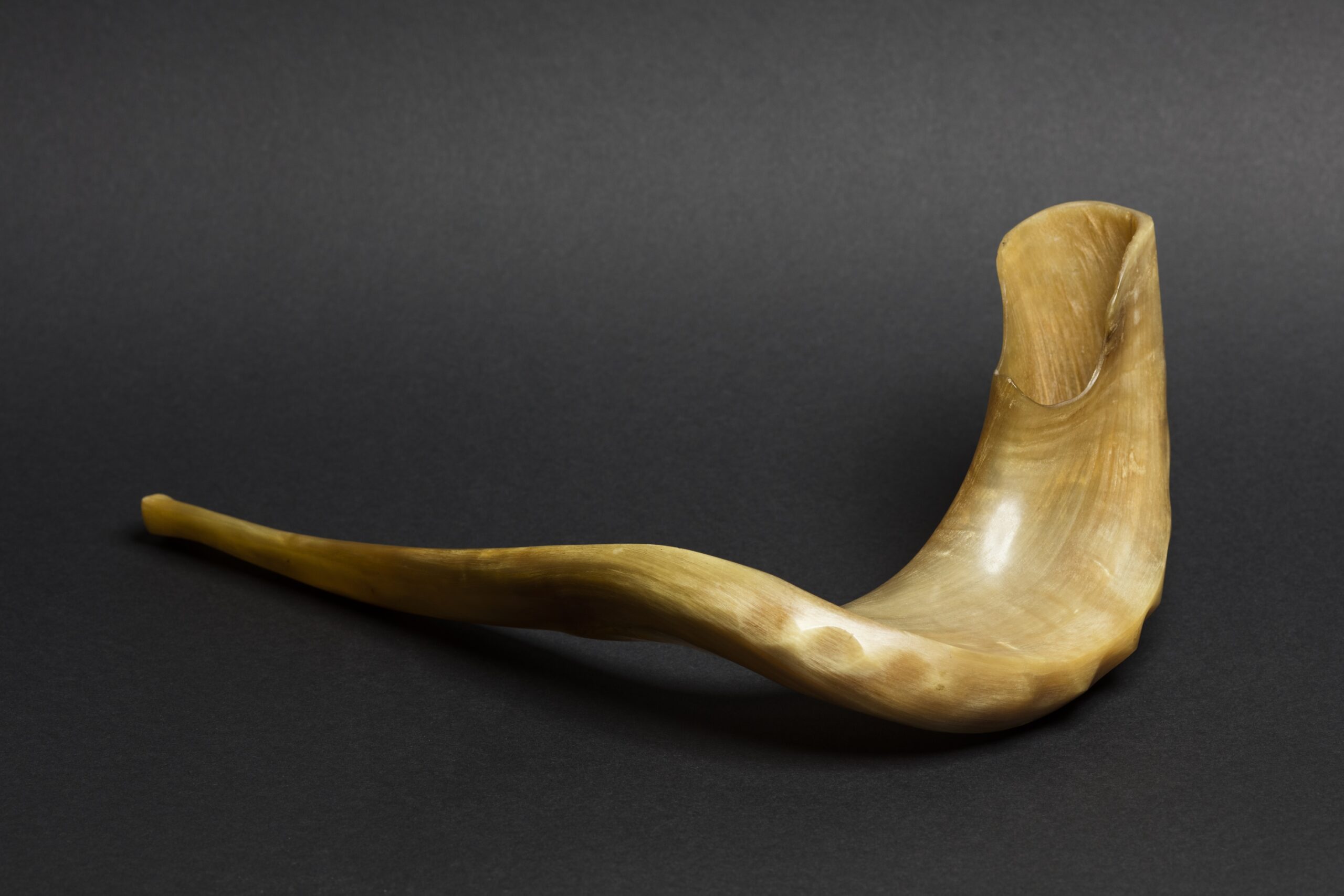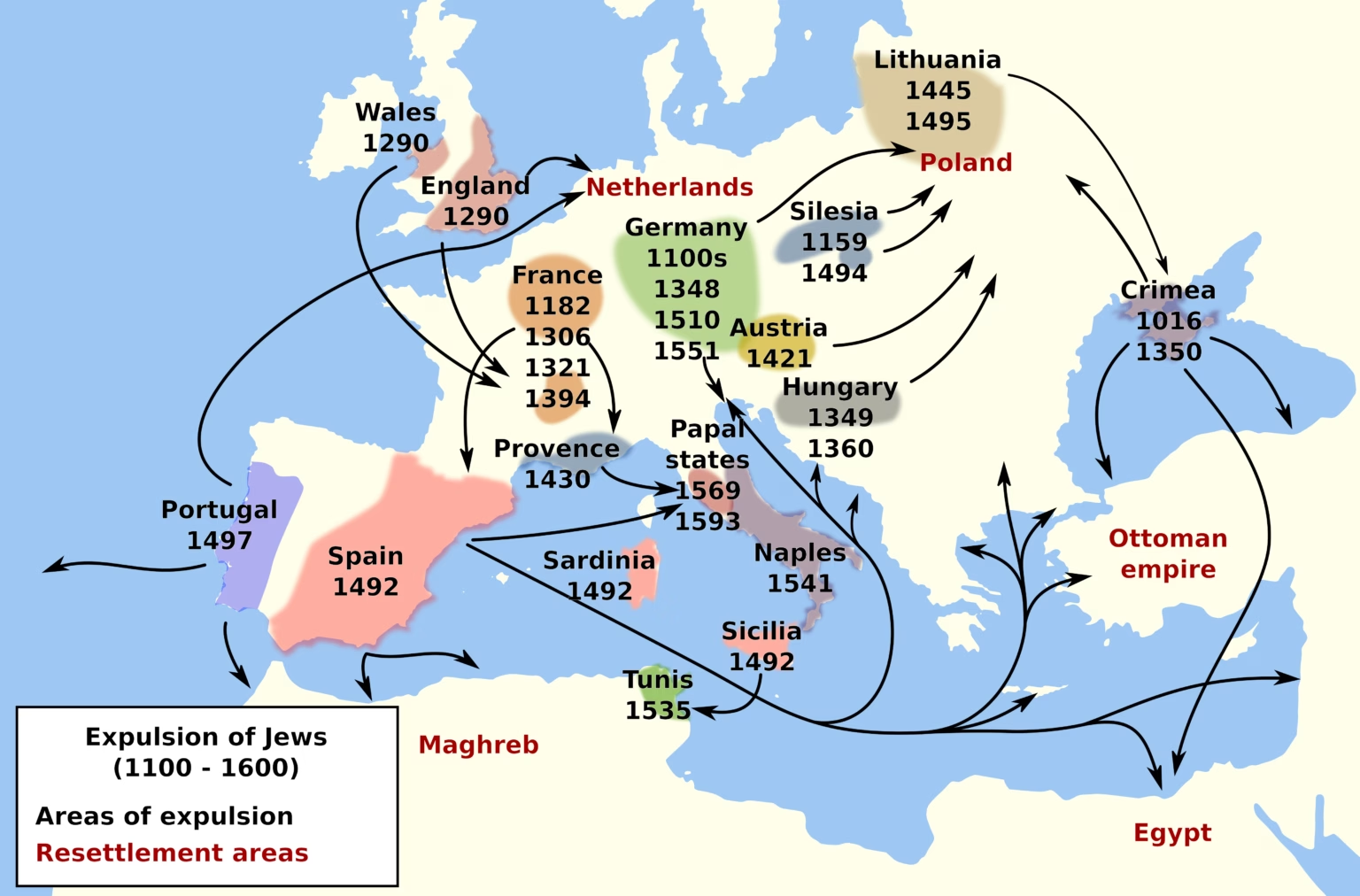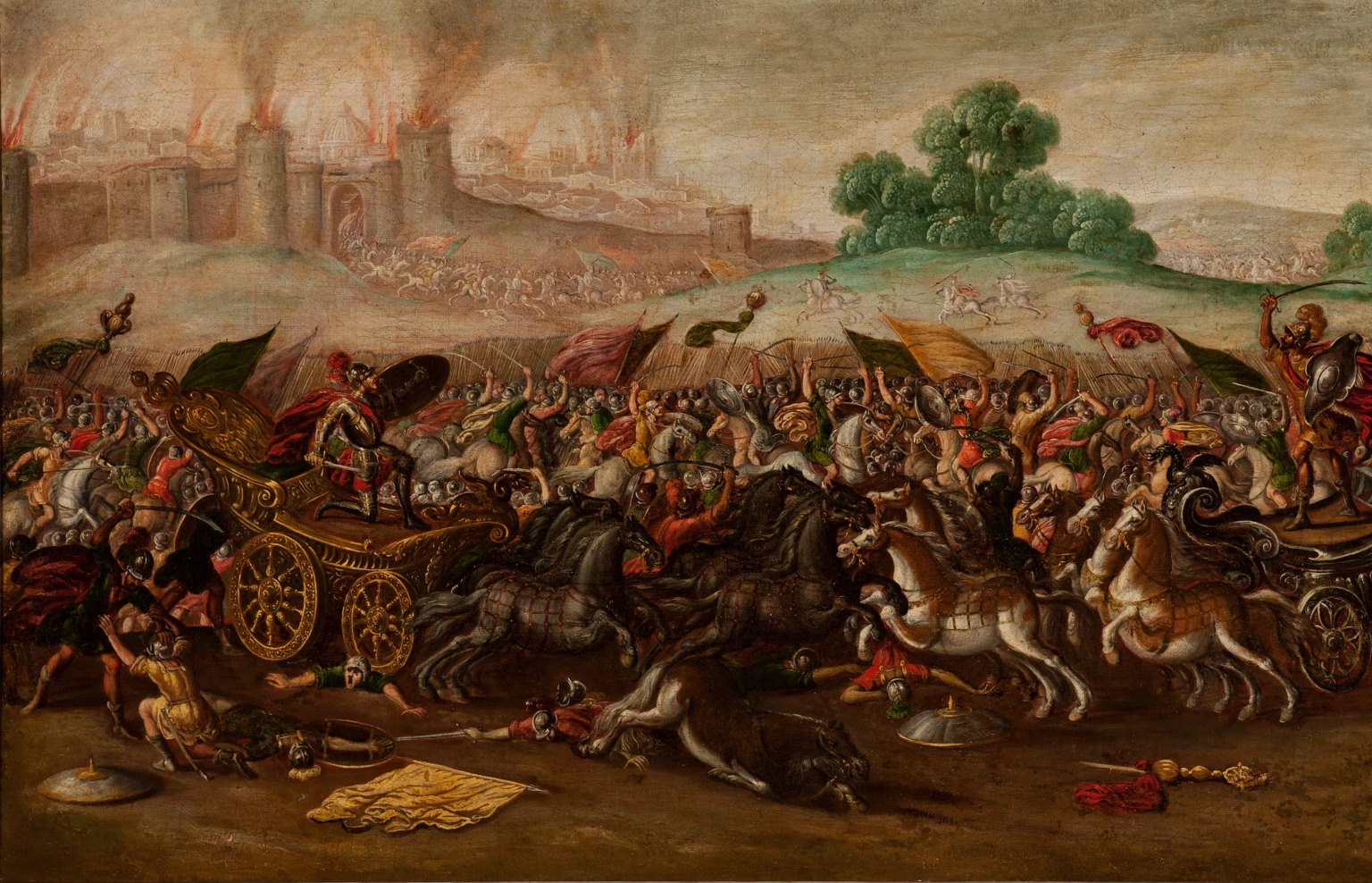Yom Kippur and Pesach
Yom Kippur, which falls on September 25 this year, is among the most important Jewish holidays along with Pesach. Both of them are about reconciliation, forgiveness of sin and release from punishment.

At the end of Yom Kippur, a Shofar is blown to mark the end of the fast. Photo: Florian Voggeneder
Yom Kippur – the Day of Atonement – is mentioned in the Bible for the first time in chapter 16 of Leviticus. There the Lord speaks to Moses after Aaron’s two sons Nadab and Abihu had died when they approached the Lord with bowls of unauthorized fire.
The LORD said to Moses: “Tell your brother Aaron that he is not to come whenever he chooses into the Most Holy Place behind the curtain in front of the atonement cover on the ark, or else he will die” (New International Version), went the instruction regarding when the Lord would appear in the cloud over the mercy seat.
Aaron was to bring a young bull for a sin offering and a ram for a burnt offering when he entered the Most Holy Place once a year on the Day of Atonement and bathe his body in water and put on the sacred linen clothing. The assembly of the Israelites was to give Aaron two goats for a sin offering and a ram for a burnt offering. Aaron himself would present his own sin offering “and make atonement for himself and his household”.
The two goats from the Israelites were to be presented to the Lord at the entrance of the tent of meeting where Aaron would cast lots for them. One would be offered as a sin offering while the other would be sent out into the desert to take away the sins.
Atonement for himself
Aaron would then slaughter his own sin offering as an atonement for himself and for his household, and then take a censer full of burning coals from the altar before the Lord, fill his hands with finely ground, fragrant incense, and carry it inside the curtain. The incense was to be put on the fire before the Lord, so that a cloud would conceal the mercy seat that is on the ark of the testimony so that Aaron would not die.
Next, Aaron was to sprinkle the bull’s blood seven times with his finger in front of the mercy seat before slaughtering the people’s ram for a sin offering and sprinkle its blood seven times on, and in front of, the mercy seat. In this way he would make atonement for the Most holy Place and cleanse it from the sins, impurities and transgressions of the children of Israel.
After bringing the live goat forward, Aaron would place both his hands on its head and confess all the iniquities, crimes and sins of the children of Israel over the goat and place them on the goat’s head. Then the goat would carry the iniquities of the people into the wilderness.
The Day of Atonement, which was to be commemorated forever on the tenth day of the seventh month, involved fasting and rest from work.
To pass by
At the Passover feast which was to be held seven months before the Day of Atonement and described in Exodus 12:1, the Lord told Moses and Aaron before the Exodus from Egypt that the feast must be held on the tenth day of the first (and foremost) of the months of the year. Then, each family father would take a flawless, year-old male lamb and slaughter it at dusk. The blood would then be smeared on both doorposts and on the upper doorframe of the houses where the lamb was to be eaten. The meat – roasted whole over fire complete with head, feet and innards – was to be eaten the same night with unleavened bread and bitter herbs.
Passover (British Easter) comes from the Hebrew word ‘pesach’ which means “to pass by” or “to spare”. The feast will forever remind that the Lord passed by and spared the houses of the Israelites in Egypt when he struck the Egyptians.


